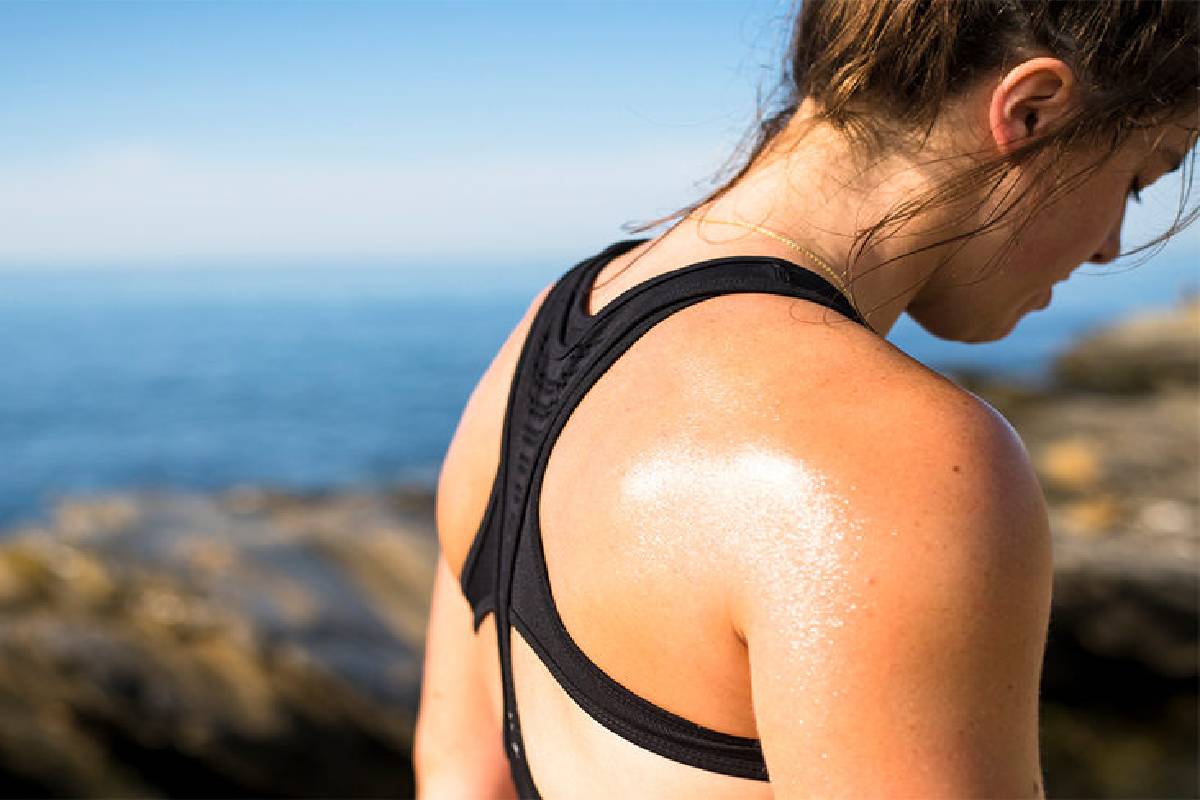Sweating is a natural process for the body, as your body needs to release sweat in order to cool down. When you know there are certain factors you can control in order to have less sweating, like diet and exercise, of course, then you can effectively do your part. This article will help you find out what those factors are!
Table of Contents
What is sweat?
We all produce sweat when we are exerting ourselves. It is made up of water, salt, ammonia and cholesterol. Sweat glands are located all over the body and produce it in response to heat or exercise. The amount of sweat produced depends on a number of factors, including humidity, temperature and exercise intensity. It plays an important role in cooling the body down. It also helps remove toxins and waste products from the body. There are many ways to reduce your intake of sweat:
-Wear a hat
-Stay hydrated
-Regularly take breaks during exercise
-Use a sunscreen to protect your skin
Causes of Sweat
Sweating is a natural response to the body’s heat production. However, excessive sweating can be problematic. It can cause discomfort and odour and even lead to an athlete’s foot. The main causes of it are exercise, fever, heat exposure, and nervousness. There are many ways to reduce sweating during exercise or heat exposure. Some tips include: drinking plenty of fluids, avoiding over-the-counter cold medications that can cause drowsiness, wearing loose-fitting clothing, and taking breaks to cool down. Another alternative is to undergo miradry treatment. The sweat and odour glands in your underarm are targeted and eliminated using thermal energy.
Body temperature and sweat
When it’s hot outside, we all know that getting sweaty is a part of the deal. But what happens when the heat is just too much? How do we keep our cool and stay hydrated, without going overboard? When it comes to sweat, body temperature and humidity are key elements. Too high a body temperature causes excessive sweating, while too low a body temperature can lead to hypothermia. Conversely, too much humidity can also lead to excess sweating.However, there are many ways to reduce or even prevent excessive sweating. Some treatments focus on cooling your skin down, others work to keep you hydrated in the hottest conditions.But whatever your method, remember that prevention is always better than cure—and make sure you drink plenty of water to stay cool and refreshed!
Sweating treatments
There are a number of methods you can use to reduce your sweat.
1) Drink plenty of fluids. When you’re thirsty, drink water, juice or any other type of fluid. Sweating is a response to stress and when you’re hydrated, your body will release less sweat.
2) Use a cooling towel or ice pack. If you can’t drink lots of fluids, try using a cooling towel or ice pack to help cool down your body. This will help reduce your sweat production.
3) Wear loose clothing. Wear clothes that are loose and allow your skin to breathe. This will help reduce the amount of sweat that’s produced.
Conclusion
There are plenty of methods to help reduce it and keep you cooler during the summer. A few simple steps can go a long way in preventing heat exhaustion or heatstroke. When choosing the best sweat reduction treatment for you, consider the following:
– What areas of your body produce the most sweat?
– What methods work best for you?
– How much time will it take to see results?






